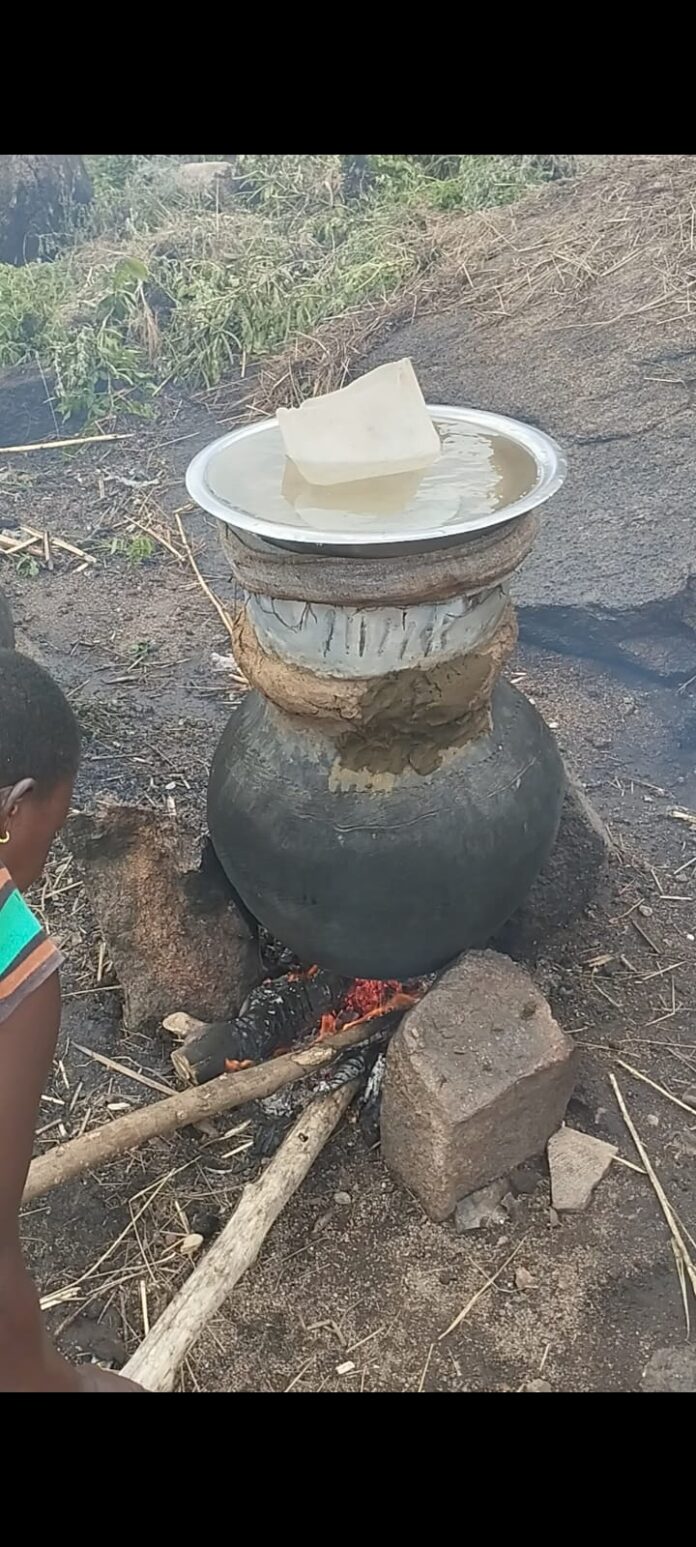By Philip Barasa, DevReporter, Busia Count
Key Highlights
- Rising unemployment among youth has fuelled a surge in changaa consumption, as many turn to cheap alcohol to escape boredom and hopelessness.
- Local women speak out on how changaa has torn families apart, contributing to domestic violence and neglect within households.
- Residents accuse some law enforcement officers of turning a blind eye to illegal brewing, citing widespread bribery and lack of accountability.
- For many struggling families, brewing changaa remains one of the few available means to earn a living, despite the risks involved.
- The community is calling for practical solutions — including youth empowerment programs, rehabilitation centres, and fair enforcement of the law.
In Busia County, Kenya, Chang’aa is more than just an illegal local brew. Known as Nguri, it is both a source of income and a cause of destruction. Despite its prohibition, it remains deeply ingrained in the community. A 2023 survey found that 43 percent of households in Western Kenya have at least one member who drinks Chang’aa regularly. For some, it is a way to make a living. For others, it leads to addiction, violence, and poverty.

Brewing Livelihoods
Rosie has brewed Chang’aa for six years to support her family.
“It helps me pay my bills, but the challenges are many. Some customers refuse to pay, fights break out, and I have to bribe the police to avoid raids,” she says.
Each 20-liter jerrycan earns her between 3,000 and 4,000 Kenyan Shillings, enough to feed her children and keep them in school. Yet Rosie dreams of a different life.
“My family disapproves of what I do. One day, I hope to save enough money to start a legal business.”
The brewing process is unregulated, raising safety concerns. Brewers in Busia claim that their Chang’aa don’t contain dangerous additives like formalin, nevertheless, excessive consumption still leads to serious health problems, loss of appetite, and chronic illness.
The Cost of Consumption
For drinkers, Chang’aa offers a temporary escape but at a heavy price. One consumer admits,
“It has no real benefit in my life. I drink it for fun, but I’ve lost friends, I fight with my family, and I even buried a friend last month because of it.”
Families suffer the most. Children are often left to fend for themselves as parents sink deeper into addiction. Domestic violence and financial struggles tear communities apart, leaving little hope for recovery.
Some see irony in Chang’aa’s dual role. One man recalls how his mother brewed it to pay for his education.
“It gave me a future, but I’ve seen it destroy so many lives. I wouldn’t recommend it to anyone who hasn’t started drinking.”

Authorities and the Cycle of Bribery
Efforts to stop Chang’aa trade face major challenges, with corruption at the centre. Local authorities conduct occasional raids, but they rarely have a lasting impact.
“The police know where we operate,” Rosie explains, “but if they’re bribed, they let us continue.”
A village elder suggests a different approach,
“You can’t shut down those dens. Maybe legalising and regulating it is the answer,” he opined.
This mirrors Uganda’s approach, where regulating waragi, a similar brew, has improved safety and reduced illegal activity.
A Call for Change
Chang’aa is not just an illicit drink. It reflects the deep social and economic struggles of Busia. Ending its grip on the community requires more than arrests and crackdowns. The real solution lies in tackling poverty, unemployment, and the lack of alternative livelihoods.
Could legalising and regulating Chang’aa be the answer? Uganda’s experience suggests it might be. Investing in rehabilitation, vocational training, and business opportunities for former brewers could provide a sustainable way forward.
The story of Chang’aa in Busia is one of resilience and hardship. But it is also a story of a community searching for hope and a way out of the cycle of poverty and addiction.
Further Reading
- Alcohol Consumption and Public Health in Kenya – NACADA website
- Economic Alternatives for Illicit Brewers – Kenya Youth Employment and Opportunities Project (KYEOP)
- Uganda’s Approach to Regulating Local Brews – Uganda National Bureau of Standards
- Alcohol and Domestic Violence in Kenya – UN Women Africa
- Rehabilitation and Support for Alcohol Addiction – Mathari National Teaching and Referral Hospital
To learn more about solutions for illicit brews, check out this report on alcohol consumption or explore Uganda’s approach





